The explosion of observation systems and their non-strop improvement provides today a rich, voluminous and dissociated information on our physical environment in particular the marine environment. This richness is due to a diversification of the typology (greater variety of heterogeneous data), to an improvement of the space and time resolution (increasingly resolute data for a detailed description), and an improvement of the quality (increasingly accurate data). However, only a judicious and joint exploitation of data from these observation systems can allow a faithful description of the environment.
The M3 (Marine Mapping & Metrology) team intends to focus on understanding the physics of measurement and its exploitation for the mapping of the marine environment. The objective is to understand the measurement itself to better interpret it and thus provide a reliable description of the environment. This understanding sweeps different components, from the design of the observation system by the assembly of sensor bricks, the consideration of the physical reality of this system, the qualification, analysis, interpretation and representation of the acquired data.
To meet the objectives of the M3 team, three areas of exploration are privileged:
- Smart sensing: a relevant and enriched analysis of the information contained in the data necessarily requires an understanding of the measurement. It includes knowledge of observation systems and the physics of measurement, characterization of sources of uncertainty related to the implementation of the system, qualification of the performance limits of the system, and a representation of the information contained in the data adapted to the nature of the observed phenomena. We will focus here on acoustic and electromagnetic measurements.
- Disparate Data: we are interested in the processing of heterogeneous multi-modal, multi-temporal data. The observation systems are characterized by several aspects: combination of different modes of acquisition and different sensors, at different time intervals.
- xIA (Explainable AI): the results from processes integrating AI must be explained by understanding the underlying physical phenomena but also the "reasoning" processes that led to these results. The understanding of the reasoning includes the understanding of the original data, the intermediate treatments and the partial results of these treatments. The decisions of the algorithms are explained today either by the study of the learning corpus or by the structure of this learning. A hybrid approach will be favored here.
Example studies
- Machine learning of massive bathymetric data for optimisation of hydrographic survey systems
- Modeling of the propagation of GNSS signal in marine envrionment for atmosphere monitoring
- Characterization of the quality of the estimation of the water column from multispectral imagery
Collaborations
- Compagnies: Hytech Imaging, Naval Group, Thalès, ECA-robotics, CIDCO, iXblue.
- Institutions : DGA, Shom, IGN, Ifremer.
- Academia : Université Laval, Woods Hole Oceanographic Institution, Centre de Géomatique du Québec.
